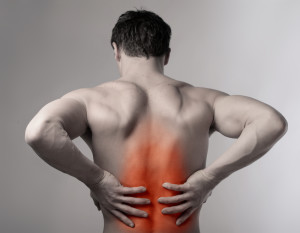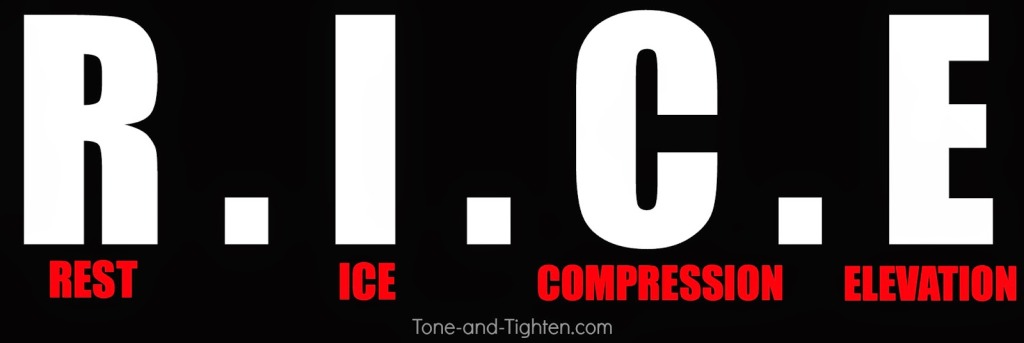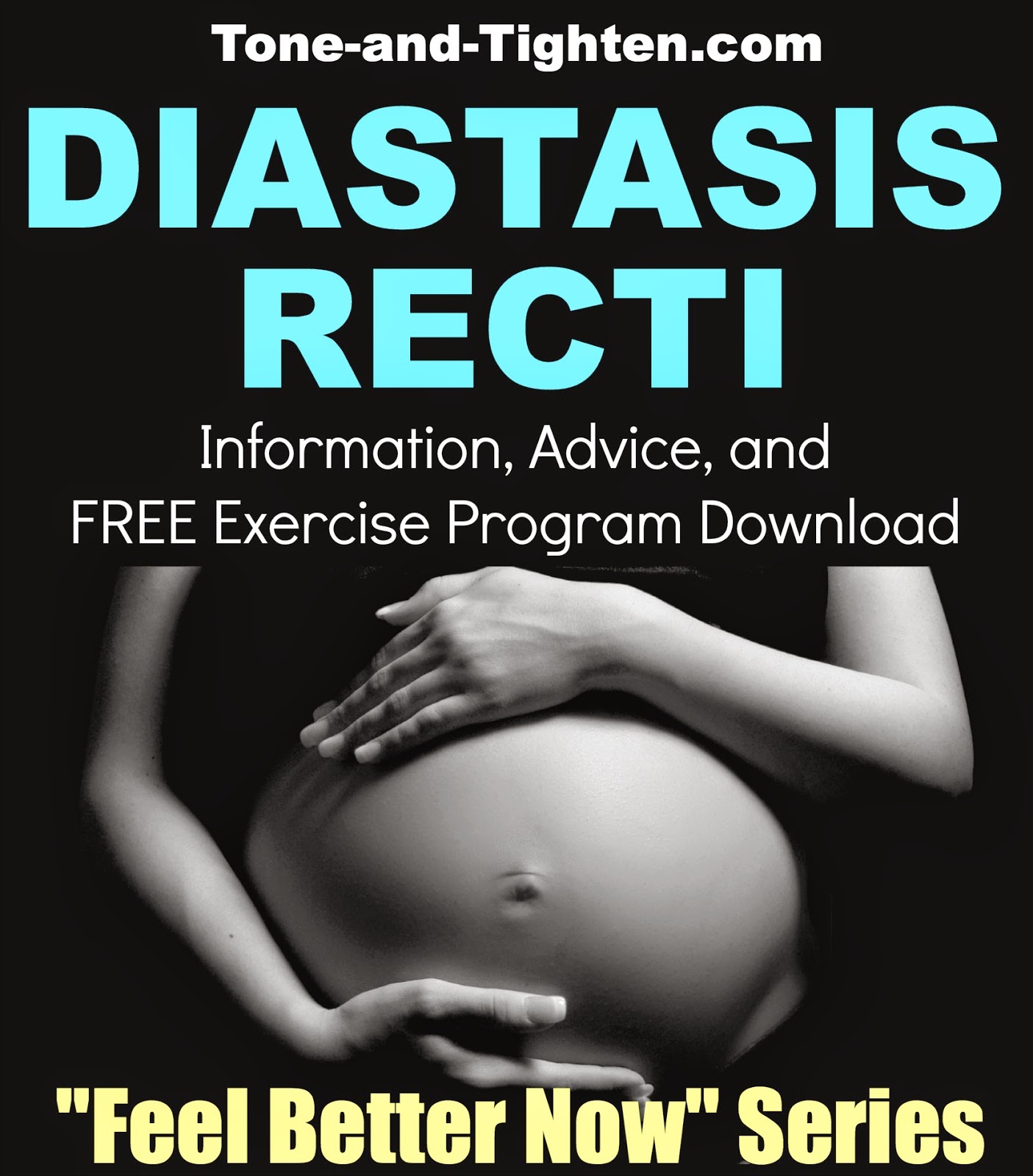Get more from Tone and Tighten by following on Pinterest, Google+, Facebook, Tumblr, and Twitter!
Muscle strains – what they are and what you can do to help heal them.
We’ve all been there before (some of us more than others!) – it’s that one lift that was too heavy, the one sprint that was too fast, and even that one motion that tweaked things just right. Yep – today we’re talking pulled muscles here on T&T! As a physical therapist this is a problem that I encounter in my patients on a daily basis. Knowing what they are and knowing the steps you need to take after it happens is vital to improving healing time and maximizing your potential for recovery. Today is all about muscle pulls – what they are, how they happen, and information you need to know to help you “Feel Better Now”.
What is a pulled muscle? Think of your muscles like a piece of fabric that you are holding in front of you between your two hands. If I were to pull on that fabric, it would stretch up to a certain point. If I then continued to pull some of those
 fibers would start to break. Eventually, given enough force, the entire piece of fabric would rip right in half. Our muscles are very similar. They can tolerate stretching up to a certain point before structural damage starts to occur. Muscle strains, or “tears”, happen when a muscle is pulled or stretched beyond its physiological range or capability. The muscle fibers then literally “tear” apart similar to the cloth analogy. This tearing is usually a result of too much stretch (a passive pulling of the muscle) or too much strain/trying to lift too heavy, too much, etc (an active pulling of the muscle).
fibers would start to break. Eventually, given enough force, the entire piece of fabric would rip right in half. Our muscles are very similar. They can tolerate stretching up to a certain point before structural damage starts to occur. Muscle strains, or “tears”, happen when a muscle is pulled or stretched beyond its physiological range or capability. The muscle fibers then literally “tear” apart similar to the cloth analogy. This tearing is usually a result of too much stretch (a passive pulling of the muscle) or too much strain/trying to lift too heavy, too much, etc (an active pulling of the muscle).
 What to expect if you did pull a muscle: Appropriate time frames for a simple muscle strain (nothing too complex) are as follows:
What to expect if you did pull a muscle: Appropriate time frames for a simple muscle strain (nothing too complex) are as follows:







